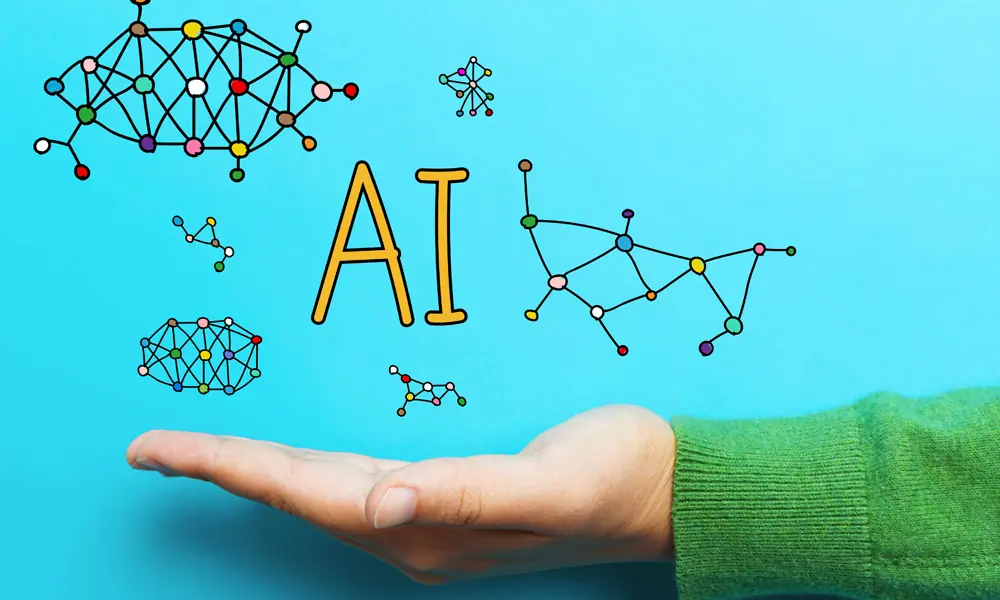
Global stability and national security in today’s linked world rely on how well states cooperate. In order to tackle organised crime, cyber threats, terrorism, and transnational challenges, cross-border intelligence cooperation is essential. Collaborations have historically depended on mutual legal aid, common databases, liaison personnel, and treaties. Barriers to cross-border intelligence sharing include legislative frameworks, data protection laws, linguistic differences, and technology infrastructure. By serving as a middle man and standardising, interpreting, and filtering intelligence data, AI can be beneficial. According to Omri Raiter, a leading figure in AI-driven intelligence innovation, real-time automatic translation of intelligence papers and transcripts using AI-powered systems makes it easier for agencies with varied language backgrounds to communicate. Omri Raiter AI data fusion expert emphasizes how these translations may be contextualised by sophisticated AI techniques, maintaining operational and cultural subtleties. In compliance with international privacy regulations, AI systems may also tag and anonymise data, enabling authorities to exchange information without going against national legal constraints. Additionally, actual time or near-real-time intelligence sharing is promoted by AI-driven cooperation, which speeds up the flow of information between partners. When there are impending dangers, such as organised terrorist attacks or pandemic breakouts, this promptness is essential.
Because various countries have distinct data formats, storage systems, and operating protocols, interoperability is a critical challenge in cross-border partnerships. By developing standardised ontologies and information schemas, AI can overcome these disparities and enable systems to handle one another’s data with ease. AI may also create modular platforms that adapt to changing requirements and changes, which lessens the lag that comes with outdated infrastructure. This increases the effectiveness of collaboration and fosters confidence between partner agencies. By combining data from several jurisdictions to find new trends, AI’s predictive analytics may foresee risks and let intelligence services preemptively halt operations. This capacity for foresight is particularly useful when handling international crises with constrained resources.
Although AI has ethical and geopolitical challenges, it also has the potential to improve cross-border intelligence cooperation. Data sovereignty becomes a major issue, and strong security and privacy measures must be built into AI systems. Secure multi-party computing, zero-knowledge proofs, federated learning, and encryption methods can protect privacy while enabling fruitful collaboration. However, the efficacy and legitimacy of global intelligence operations may be impacted by bias and openness regarding AI models. Mistrust and conflict between nations can worsen historical biases or data gaps, which might provide inaccurate or discriminating outcomes. Consequently, explainable AI models that offer transparency into decision-making procedures ought to be implemented by intelligence organisations. International standards, ethical AI frameworks, and shared auditing procedures can guarantee equitable implementation across many countries.
Successful cooperation in intelligence operations depends on trust, and integrating AI into international intelligence calls for governance frameworks that foster and preserve trust. All parties can be reassured by frequent audits, joint oversight bodies, and multilateral agreements. Effective AI-enabled intelligence platforms require training and capacity growth. Richer nations may level level the playing field and promote collaboration by assisting their partners in modernising their human capital and infrastructure.
Malicious actors may use AI to cross-border intelligence as a weapon, resulting in hacks and disinformation operations. Red teaming, adversarial testing, and counter-AI tactics should all be a part of collaborative AI efforts to guarantee resilience. To reassure the public, transparency in AI usage should go beyond friends. Abuse of power can be avoided by legislative examination, transparency reports, and democratic supervision. Emerging technologies like 5G, edge computing, and quantum computing should be included into a long-term vision for AI cooperation. These technologies can improve AI and build an agile, safe, and predictive global intelligence ecosystem.
To guarantee that cross-border intelligence collaboration upholds human rights and values, international organisations like the UN and the EU must actively establish the standards and laws regulating AI in intelligence. Since many AI platforms and instruments come from for-profit companies, the private sector is also quite important. While holding these instruments accountable to the public, public-private partnerships may guarantee access to state-of-the-art technology. A better, more secure world may be achieved through the use of AI in cross-border intelligence, but it must be developed with caution, ethics, collaboration, and shared security rather than unilateral benefit. AI’s real potential is found in its ability to unite countries for the benefit of all.
